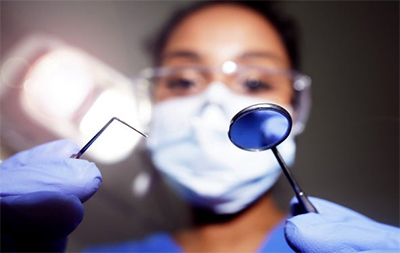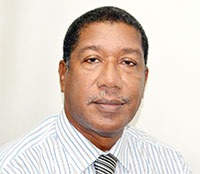DENTISTS do not treat teeth, instead, they treat people with teeth. It was the famous British physician Sir William Osler who once said one should “never treat a stranger.” His statement is especially applicable to the practice of dentistry, in which the physical and emotional stability of the patient is determined primarily by using medical history.
Indeed, patients do not always appreciate the significance of medically related questions asked by a dentist. Because of this disadvantage that dentists face, they are forced to develop and master the science of inquiry and establish the rapport that precedes the unguarded flow of pertinent information. Let us examine a few general conditions which have dental implications.
One of the most common types of infection is the urinary tract infection, of which sexually transmitted disease is an important part. Patients with such infections are on highly specific drugs such as sulfonamides, nitrofurantoin, methamine, mandelic acid and phenazopyridine.
 Because these diseases have reached epidemic proportions in this country, when we discuss venereal diseases, we must therefore take into account the increase in orogenital ( oral sex ) activity that can be accompanied by corresponding increases. For example, most chronic, hard-to-treat sore throats are really gonorrhoea of the oropharynx. So the extent to which the recognition of these conditions require modification of dental therapy and the clinical implications for office personnel are obvious.
Because these diseases have reached epidemic proportions in this country, when we discuss venereal diseases, we must therefore take into account the increase in orogenital ( oral sex ) activity that can be accompanied by corresponding increases. For example, most chronic, hard-to-treat sore throats are really gonorrhoea of the oropharynx. So the extent to which the recognition of these conditions require modification of dental therapy and the clinical implications for office personnel are obvious.
The foci of dental infections and transient bacteria in the bloodstream associated with dental procedures must also be a cardinal concern to orthopaedic surgeons. The involvement arises from varicose veins which are dilated, tortuous vessels usually the result of incompetent valves. However, with a history of heaviness, aching and swelling of legs, especially toward the end of the day, the condition may be secondary to thrombophlebitis, injury, increased venous pressure, pregnancy, or heart failure. Swollen, painful joints and bone deformity may be due to trauma, infections, metabolic and immunologic disturbances, or tumours (growths).
A history of deviated septum and polyps in the nasal cavity should alert the clinician to possible mouth breathing, leading to xerostomia (dry mouth ) and dental caries.
Evidence of cardiovascular disease or its symptoms, ( shortness of breath, pain and pressure in the chest, swelling of the ankles, high or low blood pressure and heart murmur) suggestive of heart disease, should be carefully evaluated before any dental procedure.
A shower of sparks in one quadrant of the eye followed by a curtain moving across the eye may be suggestive of retinal detachment. Black spots moving in front of the eyes followed by “bad feelings” is the first and most common sign of migraine headache. Patients with glaucoma often omit to mention in drug history, particularly if administered as eye drops, and this omission may lead to the inappropriate prescription of contaminants.
Listing most of the significant aspects of medical conditions which directly or indirectly impact the success of dental treatment would appear to be endless. Because tradition does not easily allow for the dentist to probe and physically investigate on a routine basis most medical conditions, the onus is on the patient to voluntarily provide the relevant information to him.



.jpg)








